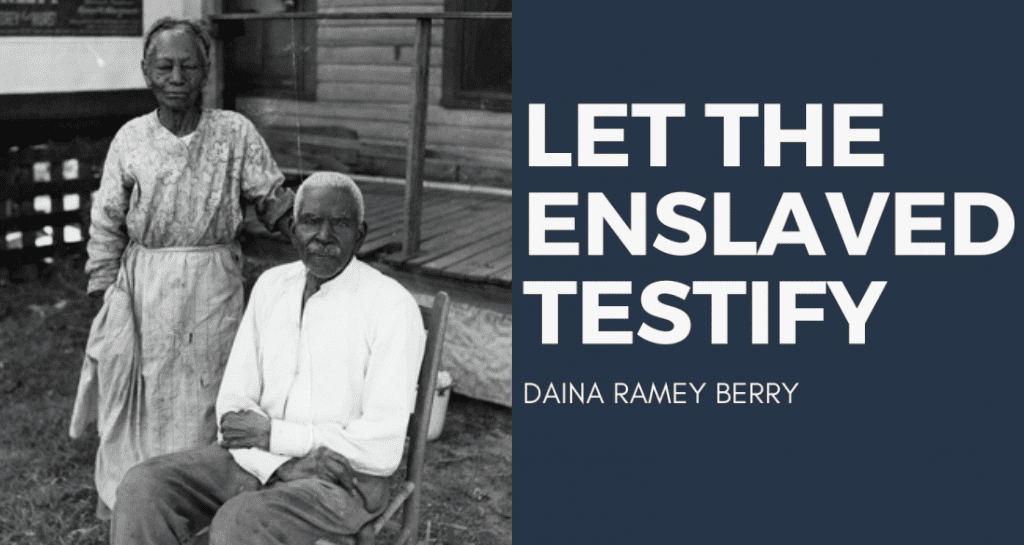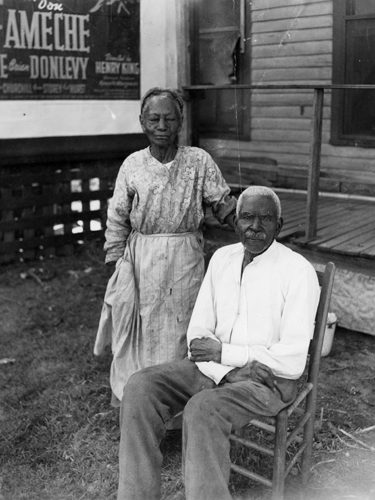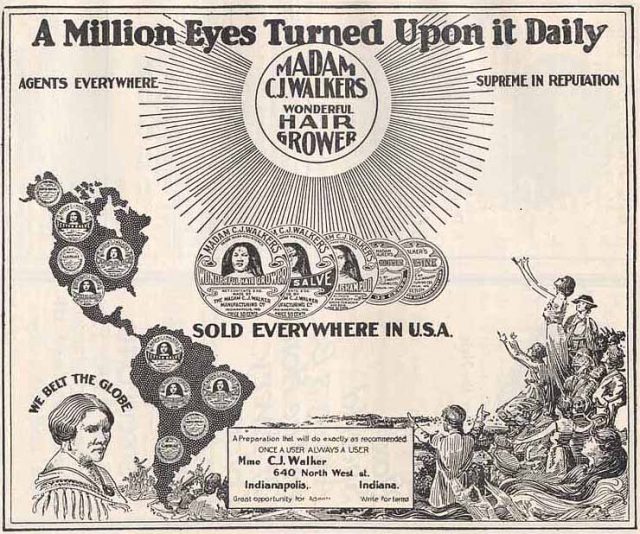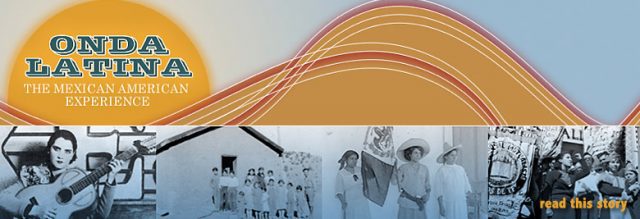Additional Reading on WWII drawn in part from Normandy Scholar Program courses, recommended by NSP faculty.
Histories:
David Kennedy, The American People in World War II
Ronald Spector, The Eagle Against the Sun: The American War with Japan
David Wyman, The Abandonment of the Jews: America and the Holocaust, 1941-1945
Paul Fussell, The Boys’ Crusade: The American Infantry in Northwestern Europe, 1944-1945
Iris Chang, The Rape of Nanking: The Forgotten Holocaust of World War II
Kevin McDermott, Stalin: Revolutionary in an Era of War
Richard Overy, Russia’s War: A History of the Soviet Effort, 1941-1945
Catherine Merridale, Ivan’s War: Life and Death in the Red Army, 1939-1945
Geoffrey Roberts, Victory at Stalingrad: The Battle that Changed History.
Rodric Braithwaite, Moscow, 1941: A City and Its People at War
James E. Young, The Texture of Memory: Holocaust Memorials and Meaning
David F. Crew, Hitler and the Nazis. A History in Documents
Lawrence E. Langer, Holocaust Testimonies: The Ruins of Memory
Alan Riding, And the Show Went On: Cultural Life in Nazi-Occupied Paris
Albert Camus, Resistance, Rebellion, and Death
Memoirs:
Primo Levi, Survival in Auschwitz
Hélène Berr, Journal of Hélène Berr
Lucie Aubrac, Outwitting the Gestapo
Marguerite Duras, The War
Wladislaw Szpilman, The Pianist : The Extraordinary True Story of one Man’s Survival in Warsaw, 1939-1945
E. B. Sledge, With the Old Breed: At Peleliu and Okinawa
Dwight David Eisenhower, Crusade in Europe
Cornelius Ryan, The Longest Day: The Classic Epic of D-Day
Novels:
John Hersey, Hiroshima
Norman Mailer, The Naked and the Dead
Masuji Ibuse, Black Rain
Vasily Grossman, Life and Fate
David Benioff, City of Thieves
Erich Maria Remarque, All Quiet on the Western Front
Anne Michaels, Fugitive Pieces

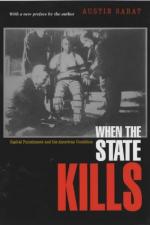


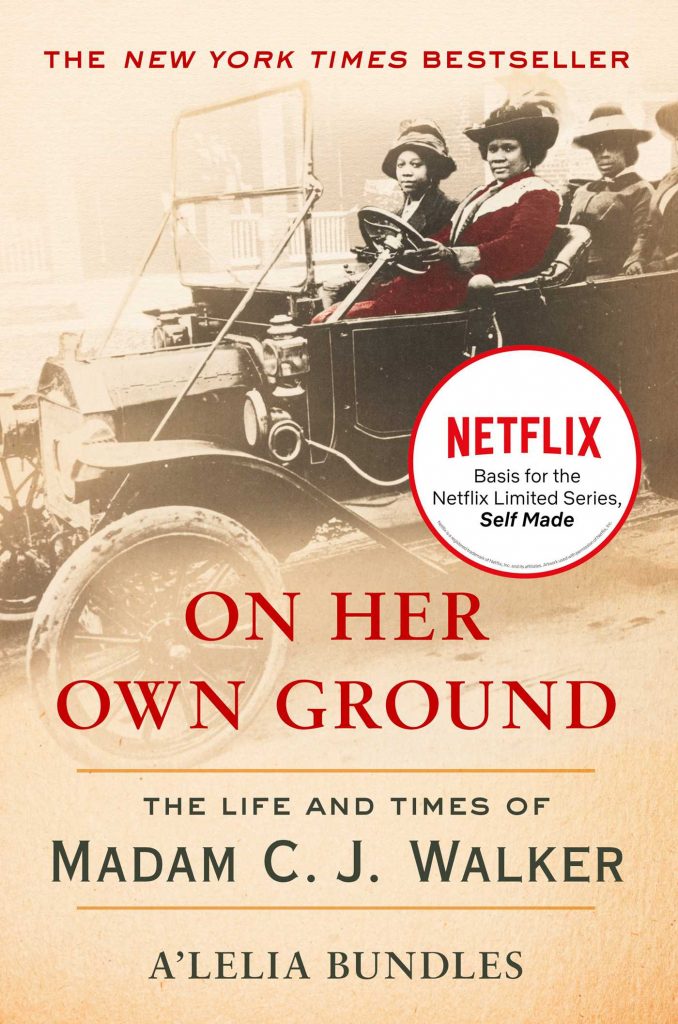
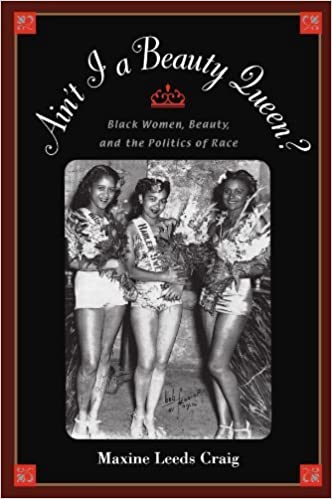
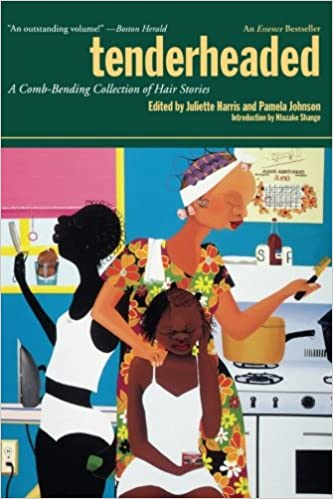
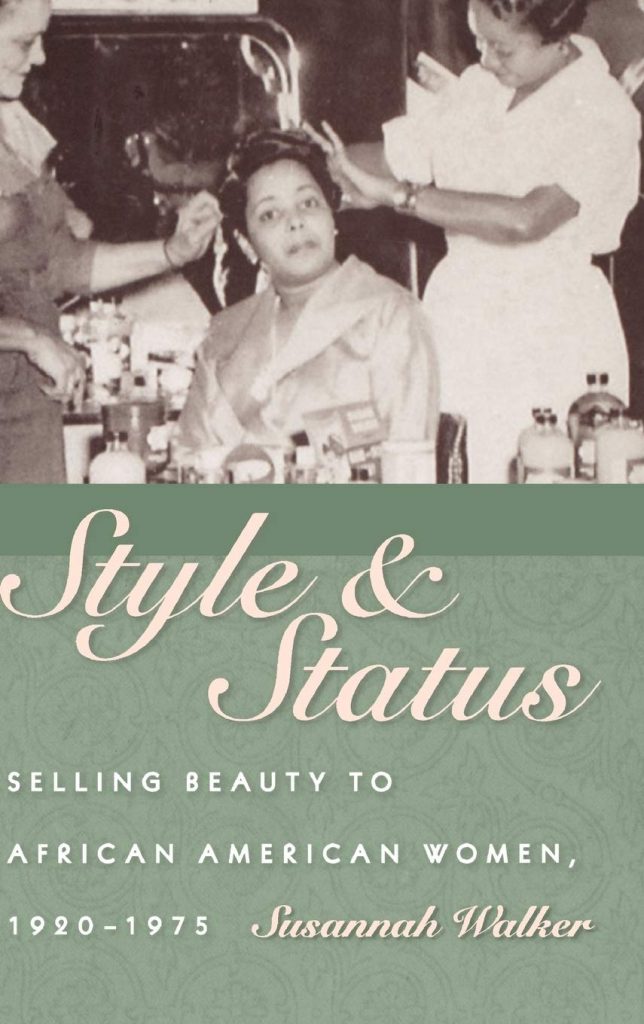
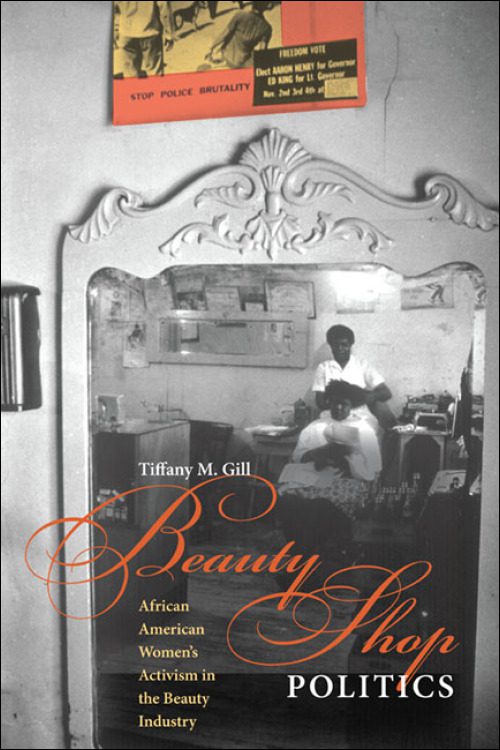
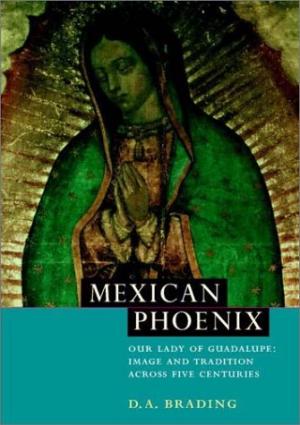

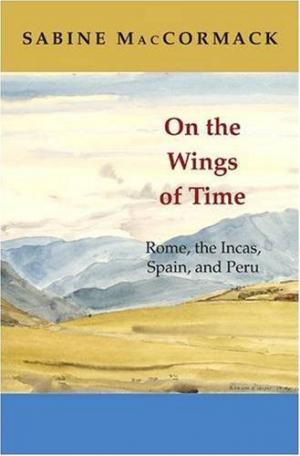

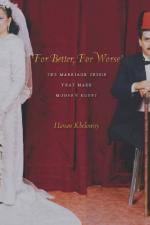
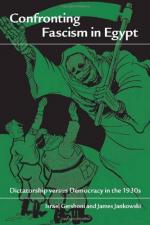 Israel Gershoni and James Jankowski,
Israel Gershoni and James Jankowski, 
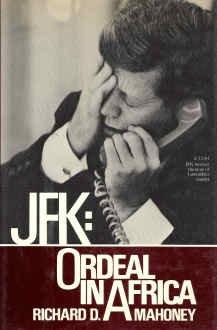 by Toyin Falola
by Toyin Falola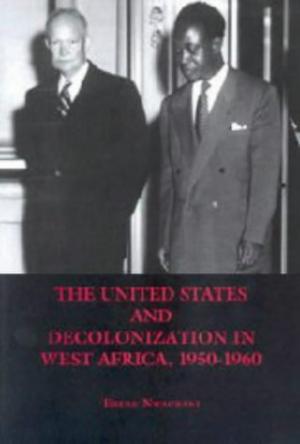
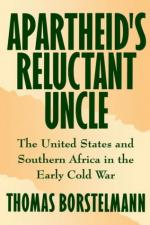 Thomas Borstelmann,
Thomas Borstelmann, 